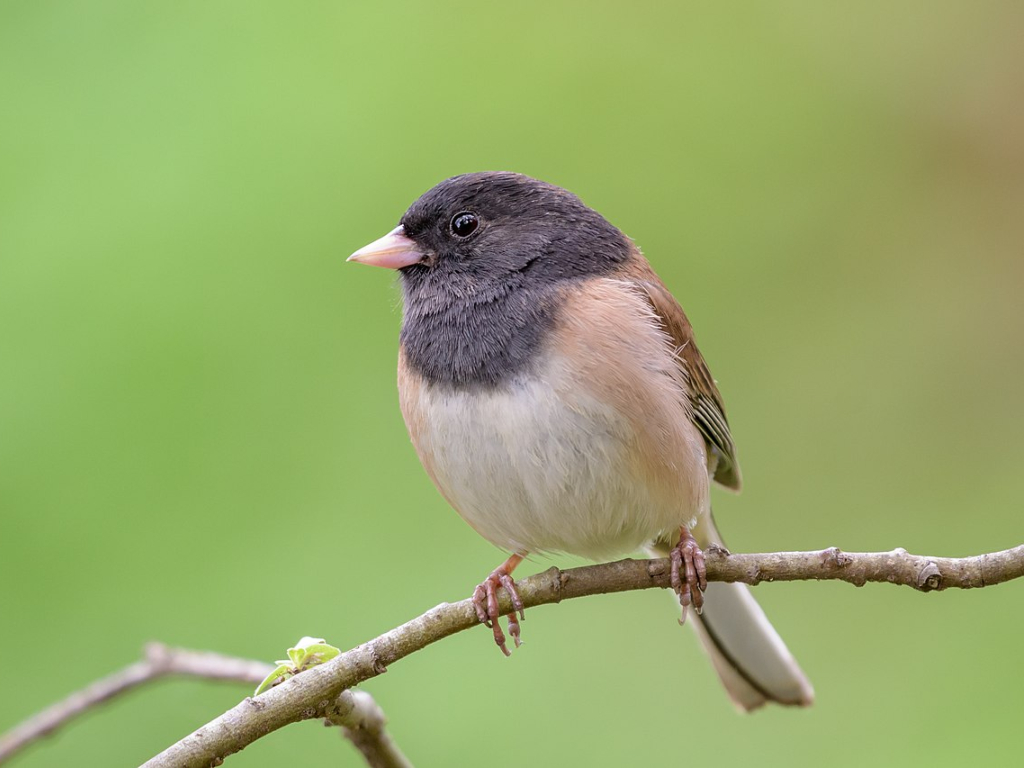The Problem
As climate change causes rapid shifts in seasonal changes, native animal species face new reproductive challenges.
In previous seasons, animals that reproduced during the spring or summer when food is most plentiful were most successful in rearing healthy offspring. However, that period of abundance is coming earlier and earlier due to climate change. This has placed new stressors on animals’ reproductive timing in Indiana and around the world.



